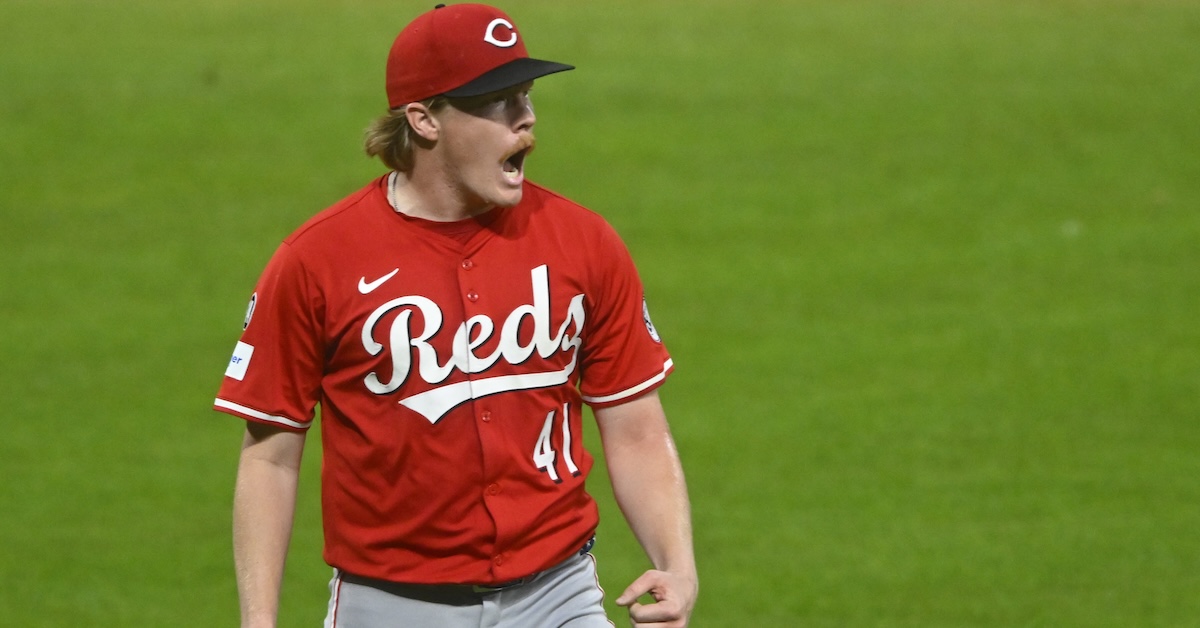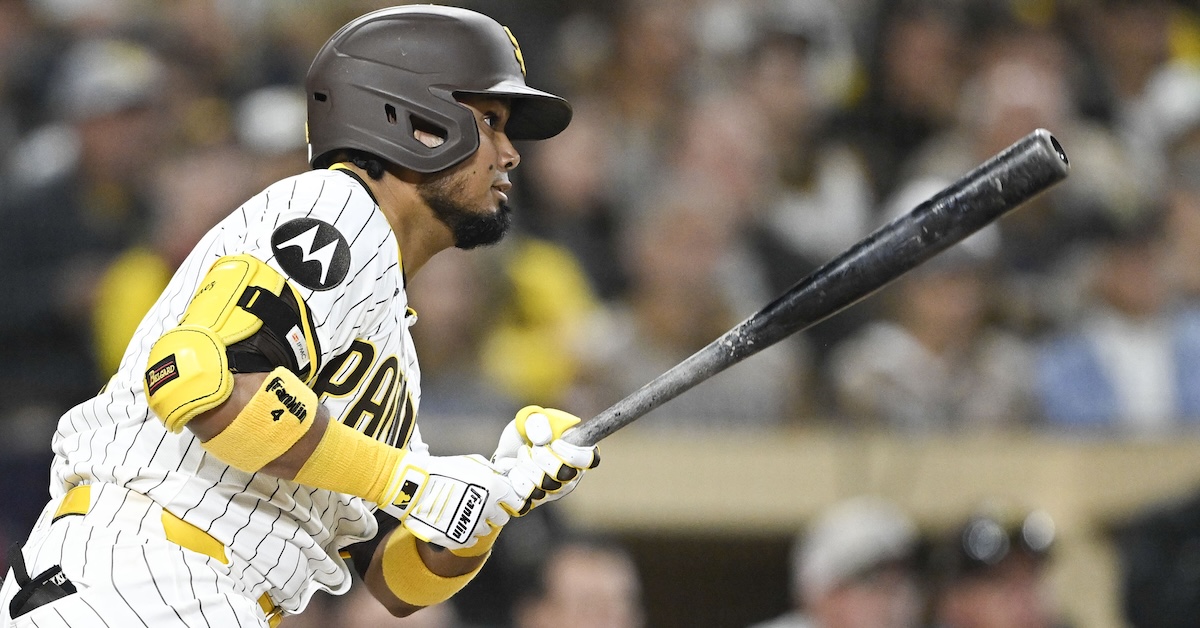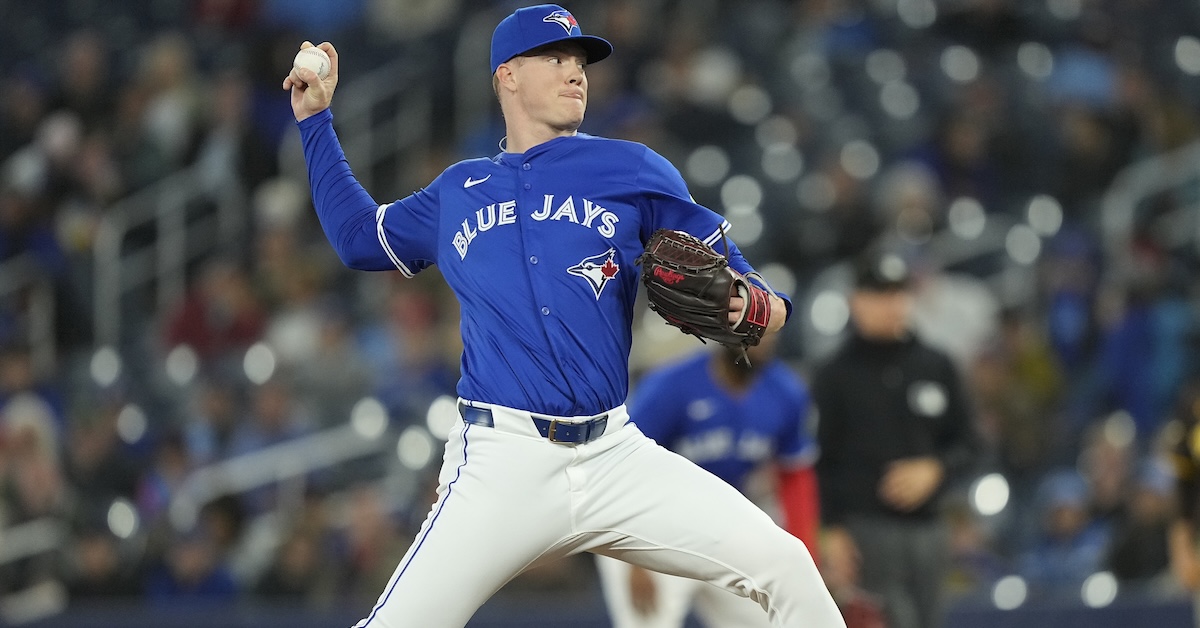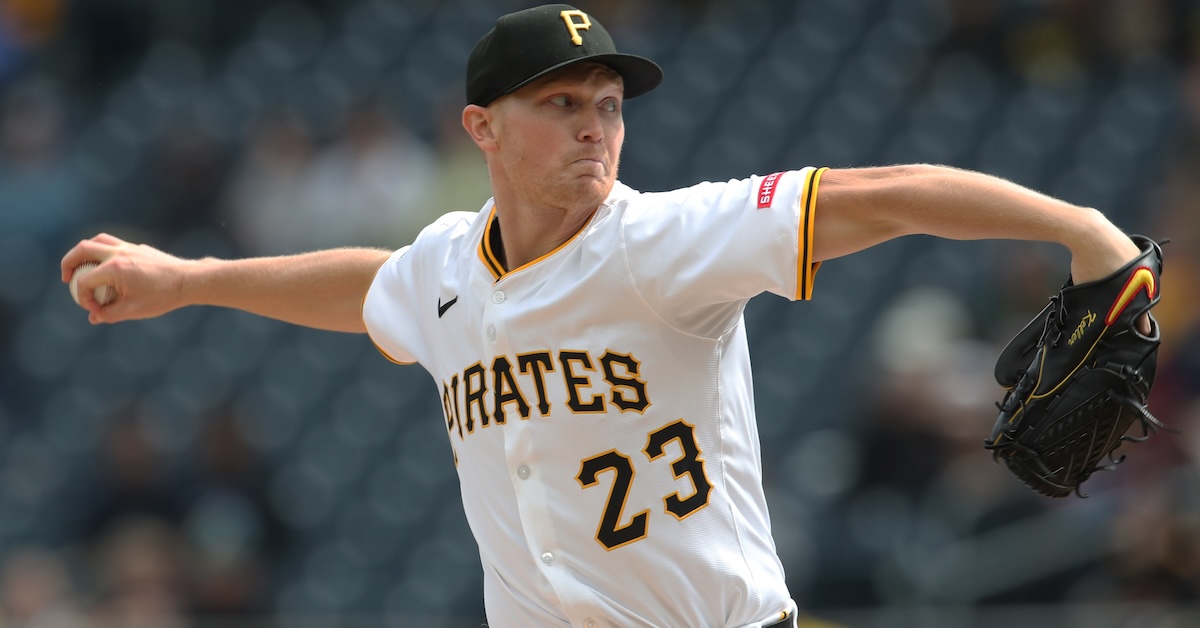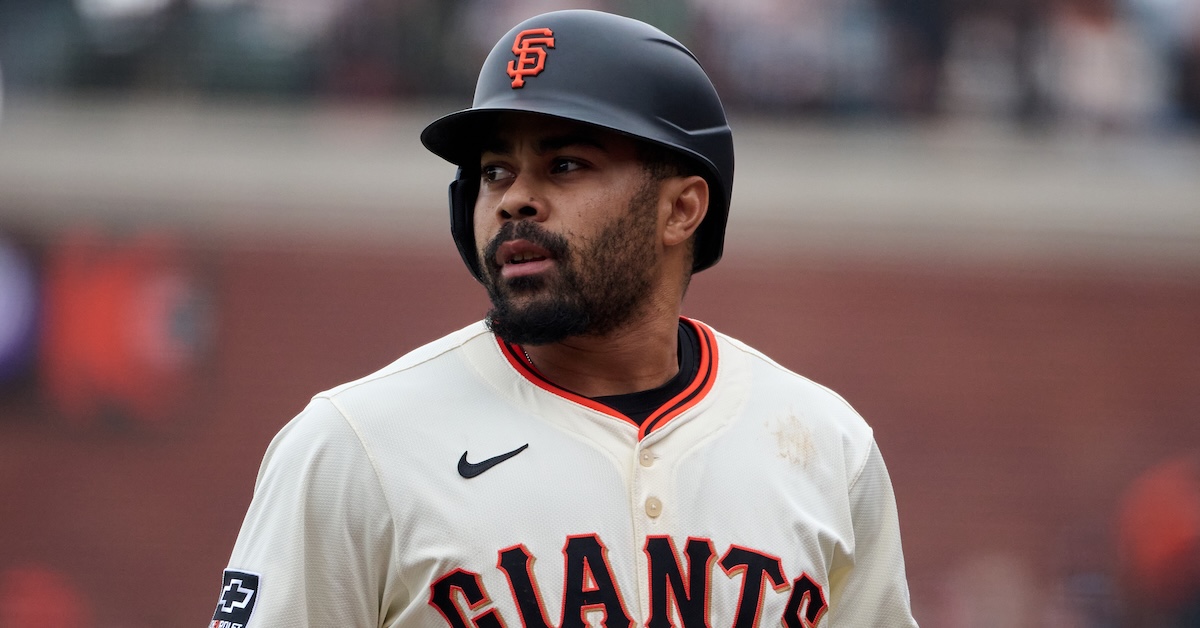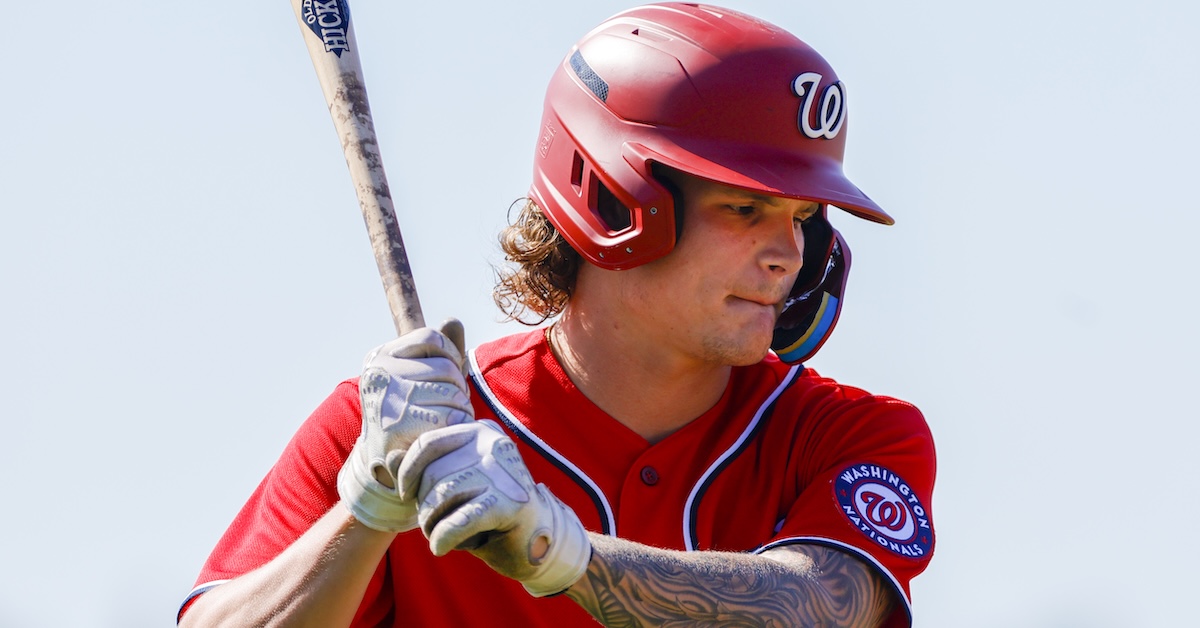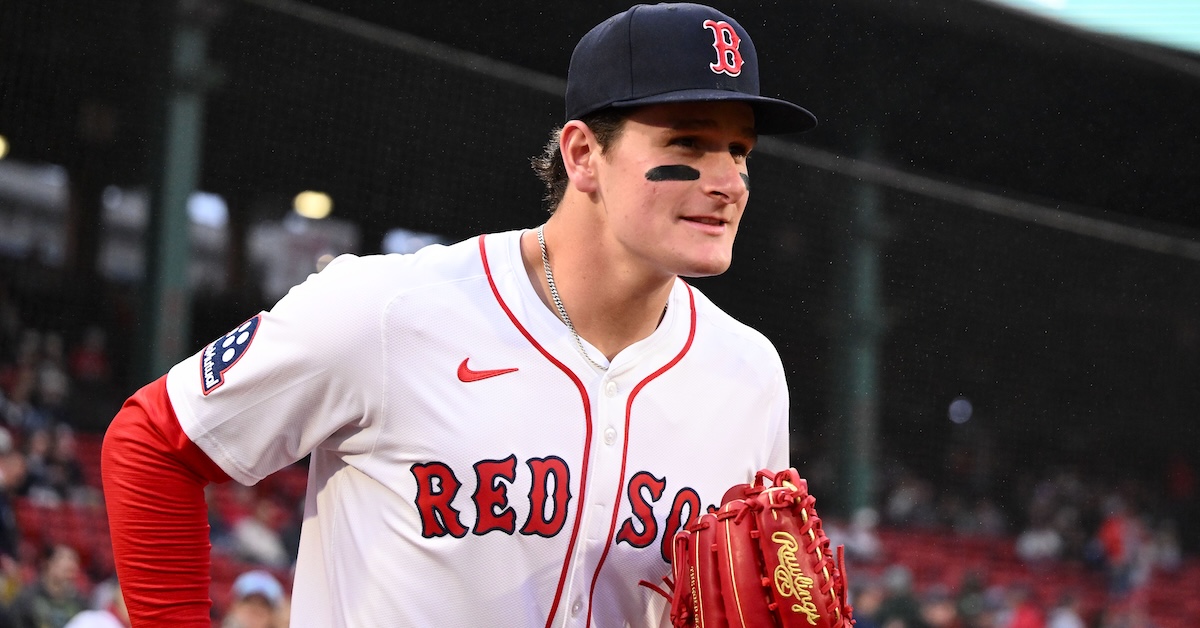Alejandro Kirk’s Slugging Conundrum
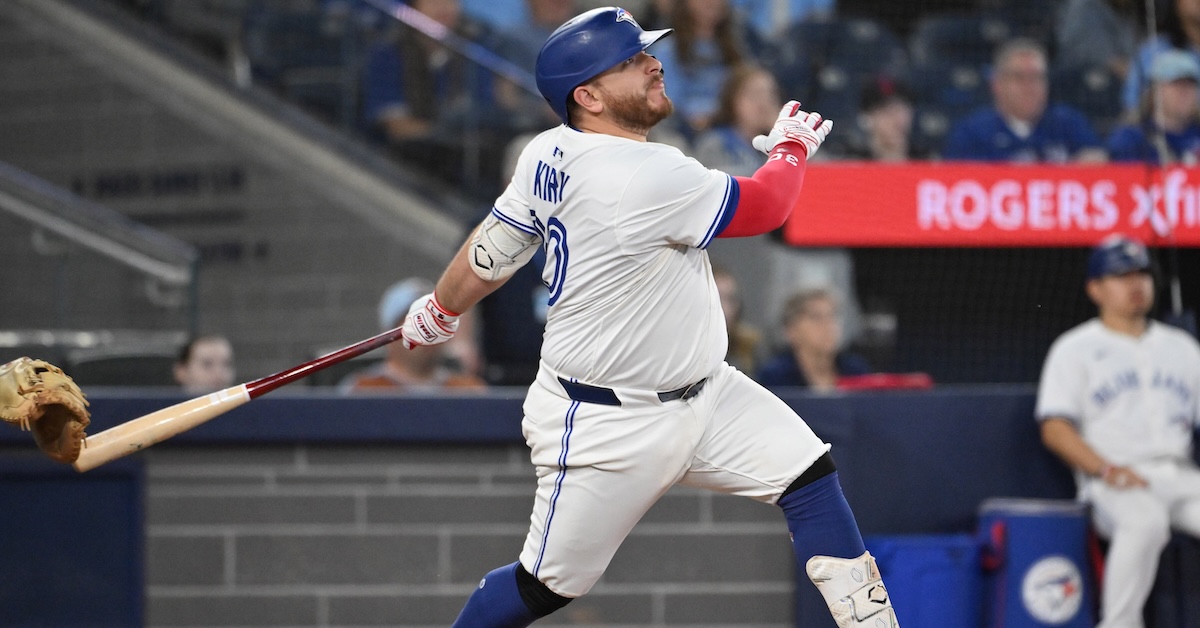
Something weird is happening with Alejandro Kirk. It’s not that he’s having a great season. That’s not weird at all. Kirk ranks third among catchers with 2.4 WAR and 21st among all players. He’s also hitting much better than he has in the past two seasons, but that’s not necessarily weird either. After combining for a wRC+ of 95 in 2023 and 2024, Kirk has a 129 wRC+ this season, the same as he ran in 2022, when he was an All-Star and won the Silver Slugger. He’s always been great with the glove, and it now looks like his bat is back. His .370 xwOBA and 119 DRC+ are also his best since 2022.
What’s weird is that he’s hitting the ball harder – much, much harder – but he’s not necessarily hitting for more power. Let me show you what I mean with a table. Below are a bunch of contact-quality metrics for the five full seasons of Kirk’s career. On the far right is his isolated power. Usually, contact quality and power are pretty much synonymous. If you hit the ball hard, you’re going to end up with doubles, triples, and homers. Usually.
| Season | EV | EV90 | Barrel% | HH% | ISO |
|---|---|---|---|---|---|
| 2021 | 92.3 | 105.2 | 11.0 | 46.9 | .194 |
| 2022 | 90.5 | 105.1 | 6.7 | 45.0 | .130 |
| 2023 | 87.6 | 102.8 | 5.2 | 38.3 | .108 |
| 2024 | 89.4 | 103.5 | 6.7 | 40.6 | .106 |
| 2025 | 92.8 | 107.6 | 8.8 | 55.8 | .115 |
This season, Kirk is running the highest average exit velocity, 90th percentile exit velocity, hard-hit rate, and slugging percentage of his entire career, and not by a little bit. These are huge jumps. Everyone’s favorite 5’8” catcher is in the 97th percentile in hard-hit rate! Yet his ISO is merely the third best of his career, a mere nine points above last season’s mark. I’m curious about why Kirk is hitting the ball so much harder all of a sudden, and I’m curious about why it’s not resulting in a massive power spike. Read the rest of this entry »
